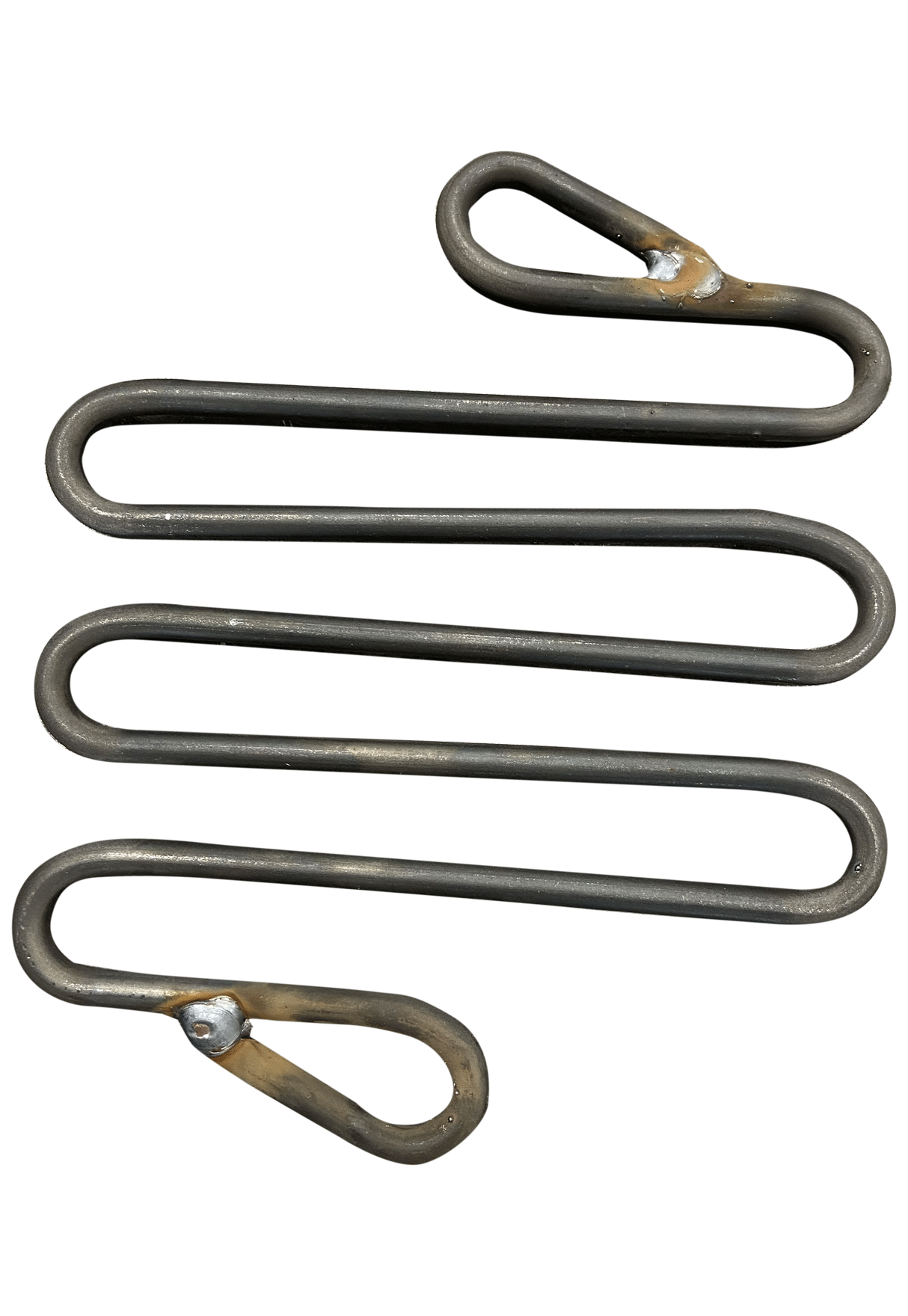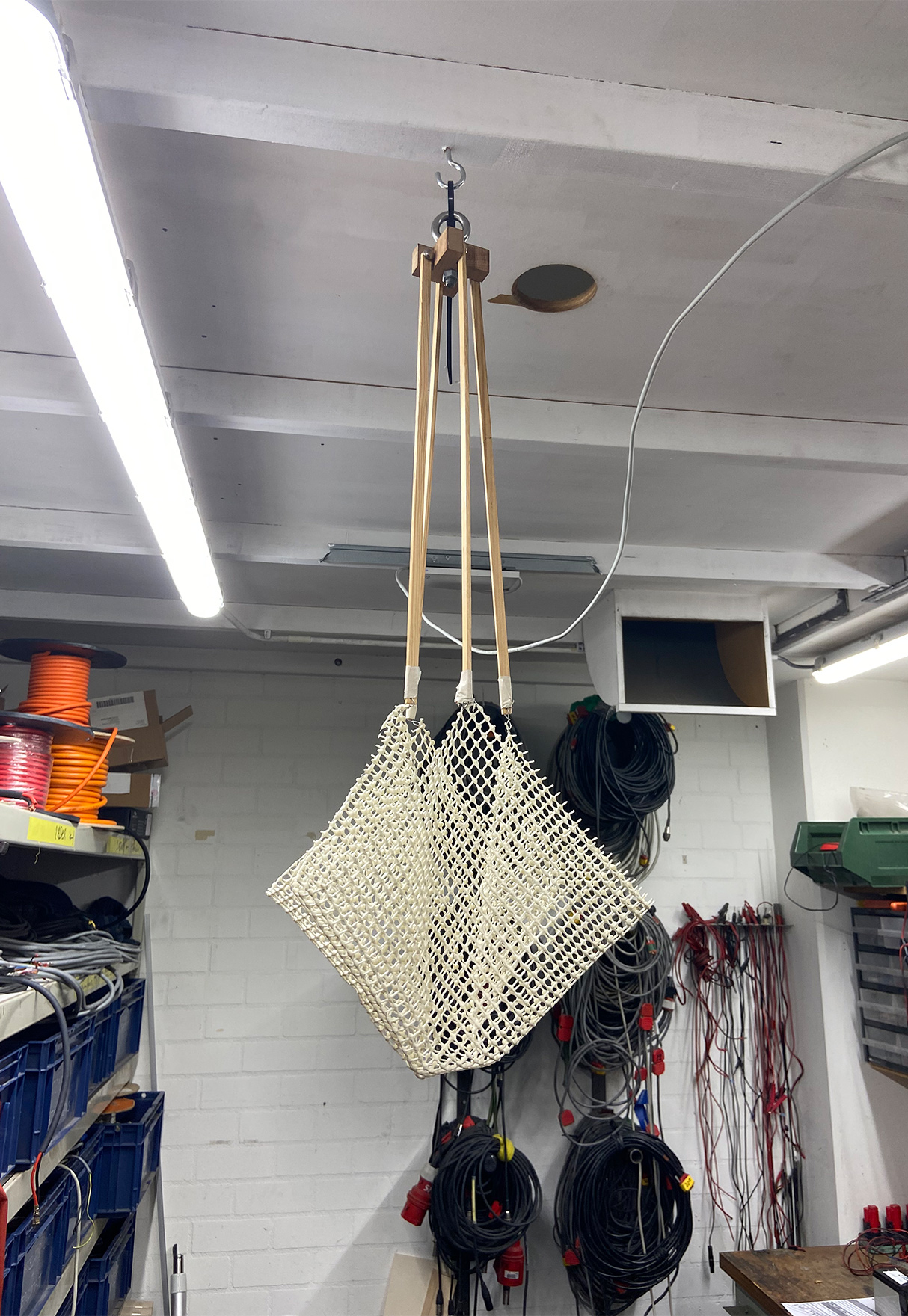
The spectacular fall of the cabin boy
In a small fishing village, Peter Grimes is suspected of murder. This suspicion will eventually lead to his tragic downfall. The murder—or was it just an accident?—is a key moment in the opera. And that calls for a dramatic special effect.
Whether Peter Grimes is guilty or not, the fact remains that, in the production, we see a boy falling from a high pier. Special effects expert Koen Flierman explains: “To depict that, we first thought of using a dummy. If you secretly make the real boy disappear from view and then throw the dummy off the pier, it looks just like him. That worked well enough, but there was one problem: it caused far too little drama. The distance was too short, so you saw the falling body for too little time. We had to come up with something to extend the fall and make it more dramatic.”
Almost, but not quite
The next idea: a two-part fall. The audience sees the boy—now the real one, which makes more of an impression—fall backwards into a large net, struggle for a moment, and then sink further down until he disappears from view below the stage. Flierman: “I thought of a cross net: such a net has four arms, and when something falls into it, the arms close due to the weight, keeping the catch safe at the bottom. It works well with a person, but only if you land on your back: you can fold your torso towards your legs. If you land on your stomach, you risk a spinal cord injury. That was obviously not something we could risk.”
Falling completely safely
Next attempt: the same idea, but now with a crab net—to stay within the fishing theme. With a large steel square frame and a knotless net, it’s even quite comfortable. We just had to figure out something for the cushioning and the second fall: “We managed to do that by hanging the net on both a rope and invisible steel cables, to which shock absorbers are attached. These are coiled metal rods that can stretch—just once—up to almost 1.5 meters. So, when the boy jumps into the net, the net drops a bit, breaking his first fall. After his struggling performance, we release the rope holding the net, allowing the net to fall completely down. Not just randomly, of course: we control the falling speed with a braking system, which is connected to the net via invisible cables. Once out of sight, the boy lands gently, net and all, on a large cushion under the stage, and voilà.”


But the job isn’t finished yet. "After the fall, the net has to be quickly detached, and the hole in the stage where it fell through needs to be immediately filled again. That’s why we have to prepare the fall very carefully. No matter what happens, the boy is always safe: we’ve come up with a solution for every conceivable worst-case scenario. Still, he’s pretty brave. You’ve got to have the nerve to do it."
Text: Lune Visser



